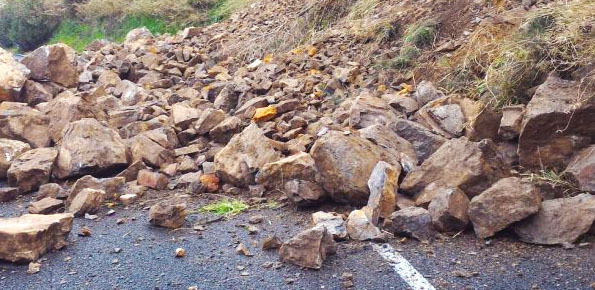Landslide Smart Network
(LASMON)

Background
Among all types of landslide phenomena present in Alpine environment, the rockfalls are certainly the most impacting, because they also are extremely widespread. Rockfall are very difficult to monitor and they are often managed exclusively through the execution of active or passive works aimed at risk mitigation. Due to the rockfalls impulsive behavior, it is a difficult task to locate them a priori. The problem of rockfalls can be approached in a different way by developing control systems for mitigation works.
Purpose
LASMON objective is to develop a new generation smart network able to monitor both risk mitigation structures and rock masses. Using the latest generation control units and communication protocols, the project aims to develop low cost monitoring nodes characterized by a low level of required maintenance
Methods
The monitoring of the rockfall barriers can be used as an element to control the effectiveness of these structures, which can be partially or totally damaged by a rockfall.
Thanks to the network with low-cost sensors, it is possible to create a widespread monitoring network that is able to control each structure and to inform about the impact of a block that can damage or destroy them.
Results
The project aims to develop an innovative monitoring network based on sensors and communication nodes of the latest generation that can be widely distributed and easily installed in all contexts where it is necessary to check the functionality of the protective structures.
Products
The monitoring unit will be able to check the status of the monitored structures and in near-real time report to a control center about their partial or total damage.
Conclusions
The LASMON project wants to realize low-cost and low-impact monitoring networks that can be installed across territory to minimize the effects of the rockfalls on mitigation structures. Thanks to a timely reporting, this system is able to identify the impact and the damage level of the structure and to alert the interpenetrating structures to avoid a new collapse that can hazard the vulnerable elements, no longer protected by the damaged structure.



 Internal contact person: daniele giordan -
Internal contact person: daniele giordan -